Pumpkins And Flowers: The Perfect Pair
Pumpkins and Flowers: The Perfect Pair
Pumpkins and flowers are two of the most iconic symbols of autumn. They are often seen together in decorations, centerpieces, and even fashion. But did you know that pumpkins and flowers are more than just seasonal companions? They are actually perfect partners in the garden.
Pumpkins and flowers share many of the same growing conditions. They both prefer full sun and well-drained soil. They are also both relatively drought-tolerant. This makes them a great choice for gardeners who live in hot, dry climates.
In addition to their similar growing conditions, pumpkins and flowers also complement each other's beauty. The bold colors of pumpkins provide a striking contrast to the delicate petals of flowers. This makes for a visually stunning combination that is sure to turn heads.
There are many different ways to combine pumpkins and flowers in the garden. You can plant them together in a bed, or you can use them to create a focal point in your landscape. You can also use pumpkins as containers for flowers, or you can cut them open and use them as planters.
No matter how you choose to use them, pumpkins and flowers are sure to add a touch of autumnal charm to your garden.
Here are some specific examples of how to combine pumpkins and flowers in the garden:
- Plant a bed of pumpkins and sunflowers. The bright orange pumpkins and the sunny yellow sunflowers will create a cheerful and inviting space.
- Use pumpkins as containers for flowers. This is a great way to add height and interest to your garden. You can use small pumpkins for individual flowers, or you can use a large pumpkin to create a centerpiece.
- Cut open a pumpkin and use it as a planter. This is a fun and creative way to display your flowers. You can carve the pumpkin into a jack-o'-lantern, or you can simply leave it as is.
No matter how you choose to use them, pumpkins and flowers are sure to add a touch of autumnal charm to your garden.
Pumpkins are a delicious and versatile vegetable, but did you know that there are certain flowers that can help them grow better? Companion planting is the practice of planting certain plants together to benefit each other. For pumpkins, some good companion flowers include marigolds, nasturtiums, and sunflowers.
Marigolds help to repel pests, such as squash bugs and cucumber beetles. Nasturtiums attract pollinators, such as bees and butterflies, which help to pollinate the pumpkins. And sunflowers help to improve the soil by providing nitrogen.
If you're interested in learning more about pumpkin companion flowers, I recommend visiting Gardenia Inspiration. This website has a wealth of information on the topic, including a list of specific flowers that are good for pumpkins, as well as tips on how to plant them together.
FAQ of pumpkin companion flowers
What are companion flowers for pumpkins?
Companion flowers are plants that can be grown with pumpkins to benefit both plants. Some good companion flowers for pumpkins include:
- Borage: Borage attracts pollinators, which helps to increase the pollination of pumpkins. It also helps to repel pests, such as squash bugs.
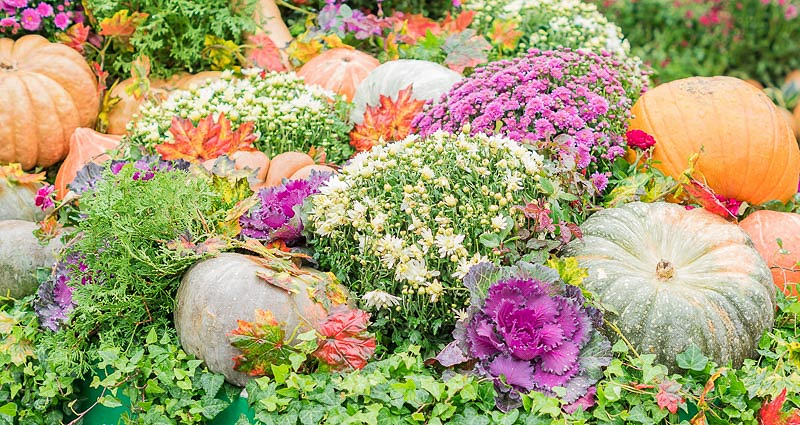
- Nasturtium: Nasturtium also attracts pollinators and helps to repel pests. It is also a good source of nitrogen, which can help to improve the soil quality for pumpkins.

- Marigold: Marigolds help to repel pests, such as nematodes and squash bugs. They also help to improve the soil quality for pumpkins.
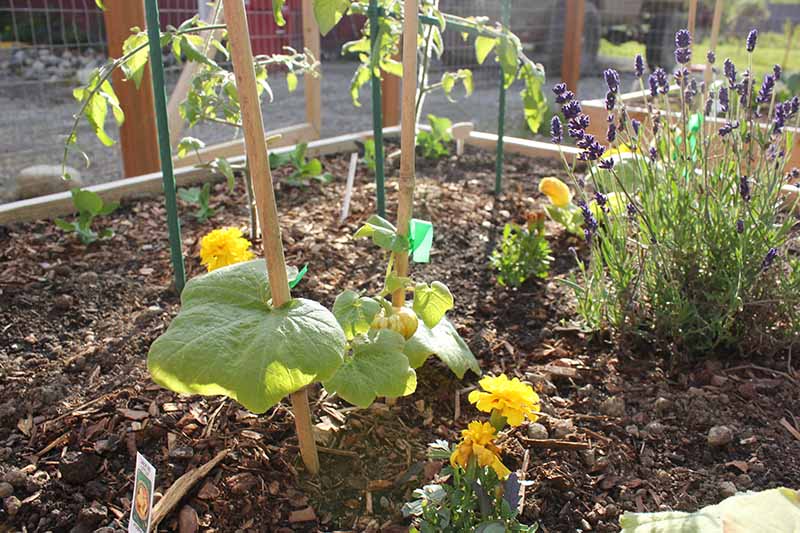
- Sunflowers: Sunflowers help to attract pollinators and provide shade for pumpkins. They can also help to deter deer from eating pumpkins.
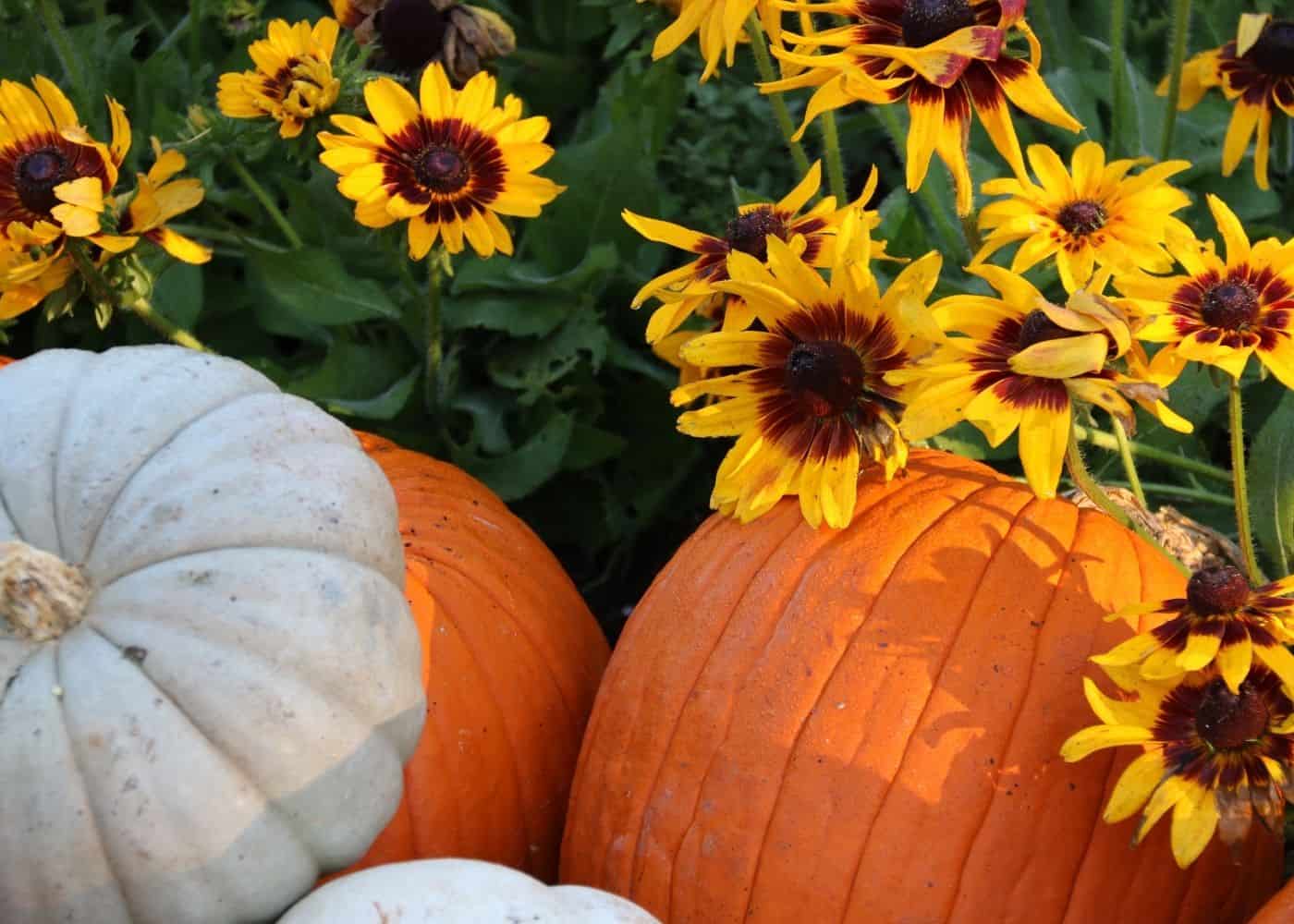
- Cucumbers: Cucumbers and pumpkins are both members of the cucurbit family, so they can benefit from being grown together. Cucumbers help to attract pollinators and provide shade for pumpkins.

How far apart should companion flowers be planted from pumpkins?
The distance between companion flowers and pumpkins will vary depending on the size of the plants. However, a good rule of thumb is to plant companion flowers about 1-2 feet away from pumpkins. This will give the plants enough space to grow and thrive.
What are the benefits of planting companion flowers with pumpkins?
There are several benefits to planting companion flowers with pumpkins. Companion flowers can:
- Attract pollinators: Pollinators, such as bees and butterflies, help to pollinate pumpkins, which increases the yield of pumpkins.
- Repel pests: Some companion flowers, such as marigolds and nasturtiums, help to repel pests, such as squash bugs and nematodes.
- Improve soil quality: Some companion flowers, such as borage and sunflowers, help to improve the soil quality for pumpkins. This can lead to healthier and more productive pumpkins.
- Provide shade: Some companion flowers, such as cucumbers and sunflowers, can provide shade for pumpkins. This can help to protect pumpkins from the sun and heat.
What are some common mistakes people make when planting companion flowers with pumpkins?
Some common mistakes people make when planting companion flowers with pumpkins include:
- Planting the companion flowers too close to the pumpkins: This can stunt the growth of both plants.
- Not watering the companion flowers enough: Companion flowers need water just like pumpkins, so it is important to water them regularly.
- Not fertilizing the companion flowers: Companion flowers can benefit from fertilizer, so it is a good idea to fertilize them once a month.
- Not deadheading the companion flowers: Deadheading is the removal of spent flowers. This helps to encourage new flowers to bloom and prevents the plants from setting seed.
Image of pumpkin companion flowers
- Marigolds: Marigolds are a great companion flower for pumpkins because they help to repel pests, such as squash bugs and cucumber beetles. They also attract pollinators, which help to improve the pollination of the pumpkins.
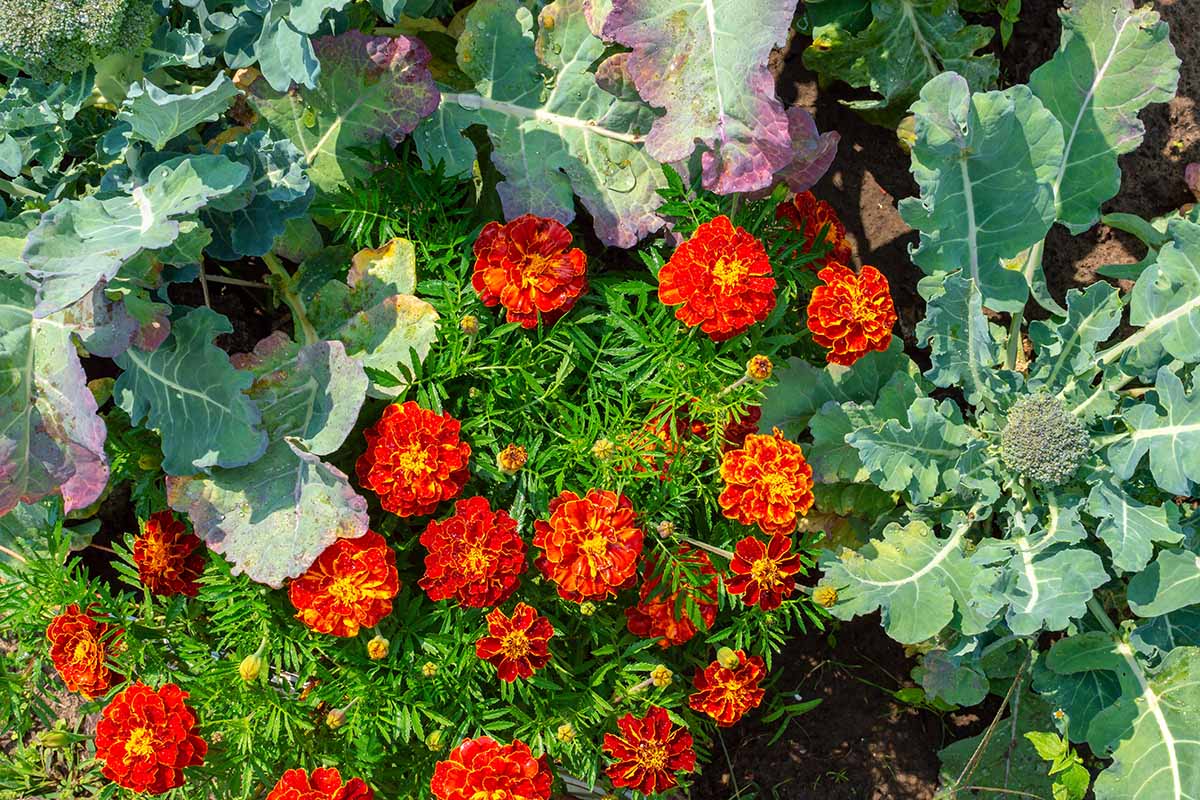
- Nasturtiums: Nasturtiums are another good companion flower for pumpkins. They help to deter pests, such as aphids and spider mites. They also attract pollinators, and their bright colors can add a splash of beauty to your garden.
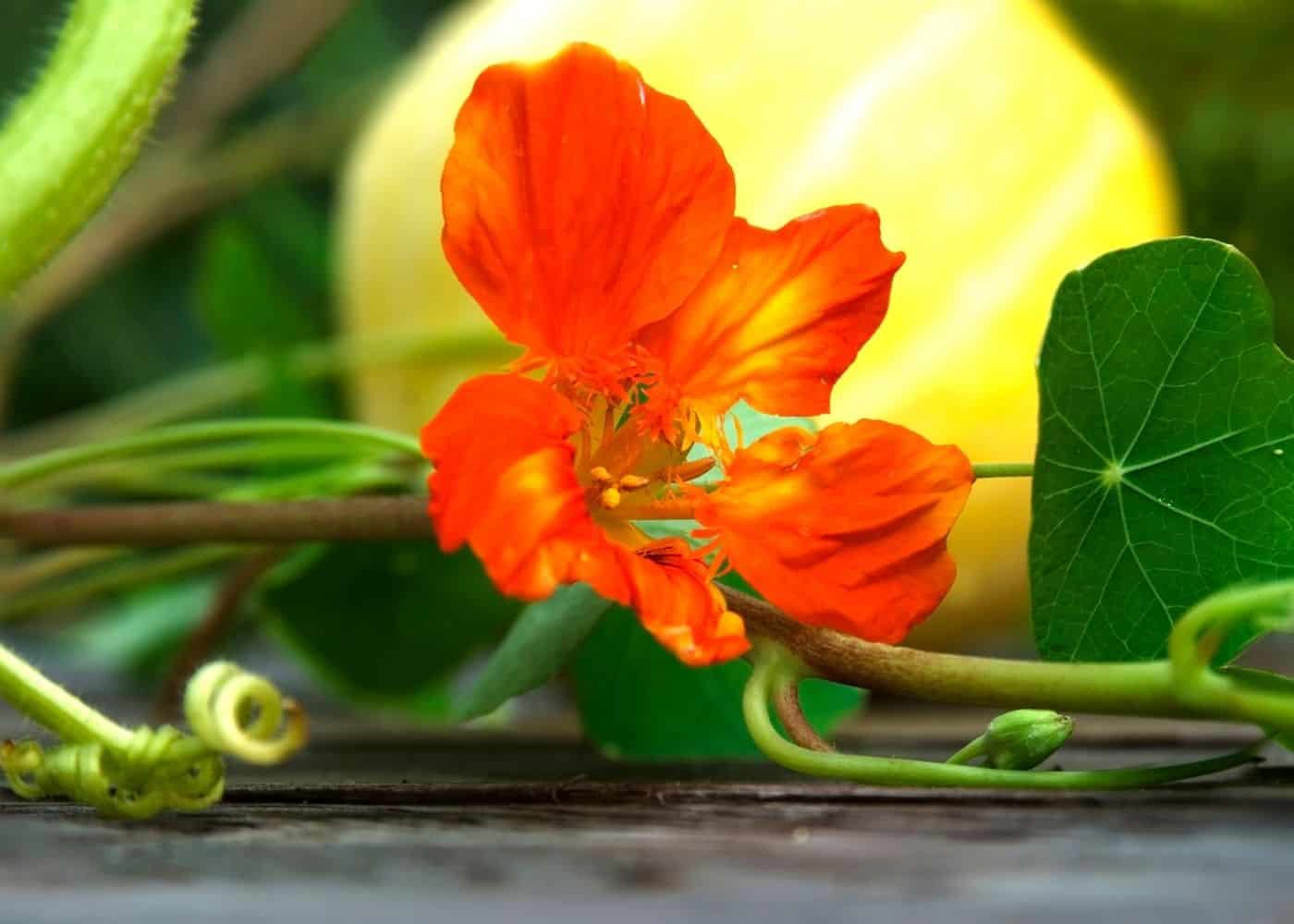
- Sunflowers: Sunflowers are a tall, towering flower that can help to shade your pumpkins from the hot sun. They also attract pollinators, and their seeds can be harvested and eaten.

- Coneflowers: Coneflowers are a type of daisy that can help to attract pollinators, such as bees and butterflies. They also help to deter pests, such as Japanese beetles.
- Borage: Borage is a flowering herb that can help to attract pollinators, such as bees and butterflies. It also has a number of medicinal properties, and its leaves can be eaten in salads.

Post a Comment for "Pumpkins And Flowers: The Perfect Pair"